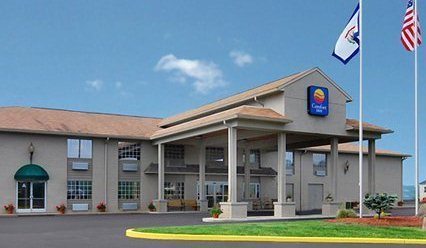Hotel occupancy rates
Nationally, hotel occupancy is currently running about 64%, up from 62% last year, while Average Daily Rates (ADR) continue to climb: $110 versus $105 last year.
Viewed from a chain scale perspective, Luxury is the most robust both in terms of absolute numbers and the rate of increase. In this segment, occupancy stands at 79% versus last year’s 76% and ADR is at $297 versus $278. Luxury is followed by Upper Upscale, Upscale, Upper Midscale and Independents. Midscale and Economy are at the bottom, with occupancy for economy properties of only 55% versus 54% and ADR of $53 versus $51 last year.
The strongest locations are urban and resort, followed by airport. Among the top 25 markets, Miami is a standout with more than 89% occupancy presently and a $235 ADR (no doubt contributed to by the Sperry Van Ness 2013 National Conference). Other markets enjoying more than 80% occupancy include: New Orleans, New York, Oahu, Orlando Phoenix and Tampa.
Norfolk was at the bottom with only 48% occupancy, representing a 3% decline. San Diego lost 3.2% occupancy points, down to a still healthy 71%. These markets are heavily influenced by military and defense contract business, and thus, are beginning to feel the effects of sequestration. Sequestration also mean automatic spending cuts, including all non-essential government travel, making the pinch felt in places like San Antonio, where the September National Defense Forum and Expo was cancelled, and in Northern Virginia and Washington, DC, where more than 30% of the market is government and government contractor business.
Transactions
From a transactional viewpoint, 2013 looks promising. Smith Travel Research (STR) projects hotel transactions of between $15 and $20 billion, up from about $12.5 billion last year but down from 2011’s $19 billion, which was driven by major hedge fund and REIT transactions. To give some perspective, five of the last ten years’ volume was under $15 billion.
Until now transactions were powered by cheap debt and commensurately low cap rates. This was coupled with very limited lending for new hotel construction that kept supply growth at only about 0.3%, which in the face of increasing demand, allowed hotels to increase their average rates. However, according to STR’s latest numbers, hotels in construction are up 39.9% year-over-year. The active pipeline includes more than 320,000 new hotel rooms, equal to a whopping 10% increase. Nevertheless, STR predicts that demand growth will continue to outpace supply growth through 2014, with RevPar increasing between 5.7% and 6% through next year.
The bottom line is that hotel owners who have enjoyed a rebound, even if not to the extent of 2007 peak levels, should consider the opportunity to sell in the near term on the strength of improved revenue before the effects of sequestration, supply growth and inflation bring down hotel values.
Prepared by:

Council Chair of Hospitality Properties
Sperry Van Ness/Hamm & Company
*All Sperry Van Ness® offices are independently owned and operated.
